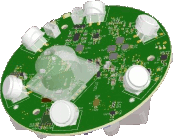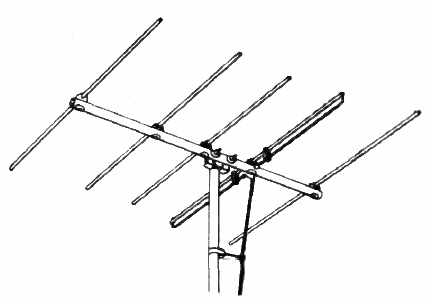by John Walt Childers, IPC-CID, Founder of Golden Gate Graphics
Formerly known as
GLOSSARY of Printed Circuit Design and Manufacturing
This glossary has key terminology in use in PCB design and manufacturing, with a smattering of electronics. The definitions were chosen so that their context would likely apply to reading material encountered by a PCB designer. Therefore, many of these terms will have other meanings not given here. It is recommended by scholars that you also clear up the non-technical definitions in regular dictionaries. There are such dictionaries recommended below.
This collection of terms came about as I, a PCB designer, ran across words and acronyms in my field for which meanings were hard to find. As I tracked them down, I made them part of this glossary. If you are a PCB designer, then this glossary could be a good place to start when you find a need to look up the meanings of words related to printed circuits or electronics.
Alphabetizing Method
Terms that begin with a symbol or a digit are placed in the SYMBOLS page. Terms that contain digits within them are alphabetized as if the numeric
characters were spelled in English.
Terms with two or more words are alphabetized "dictionary style." They are alphabetized as though the spaces between the terms have been removed.
If there are other characters in the term, such as a slash (/), dash (-) or plus sign (+), these are treated the same as spaces and ignored for the purpose of alphabetizing.
Click for Pronunciation Key
References and Dictionaries
Modern Dictionary of Electronics by Rudolf F. Graf
This is the best, most usable dictionary for electronics, because its
definitions help you grasp the terms and therefore the subject. Lesser
dictionaries define electronics terms with even more difficult technical
jargon, leading one into endless"word chains." Not this one.
You can
buy the Modern Dictionary of Electronics new or used
via the Internet.
The Random House Dictionary of the English Language, Unabridged, 2nd Edition
You need a big, comprehensive dictionary. Get this one. Despite being a big dictionary, The Random House has great definitions, quick to grasp.
Although out of print, as of 2022 you could still buy a great used copy online for $40 including shipping or possibly for much less. Two versions are available of the 2nd Edition, Unabridged:
- Regular Edition.ISBN: 0394500504
- Deluxe Edition.ISBN: 0394565002






